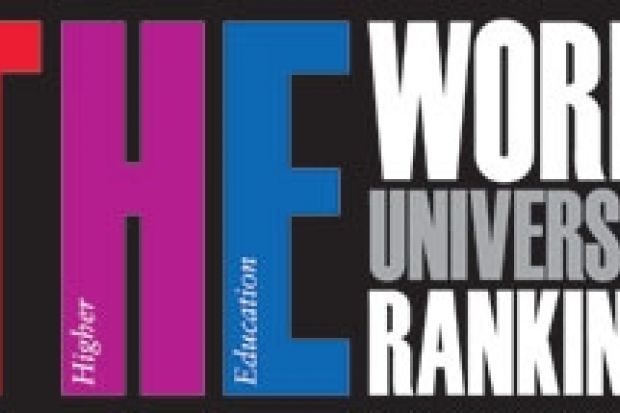Times Higher Education has launched a fresh round of consultation on its World University Rankings to consider refinements and potential new performance indicators.
The seventh annual Times Higher Education World University Rankings were published on 16 September 2010.
They were the first to be produced with a new data provider, Thomson Reuters, and employed a new methodology.
The tables were the result of 10 months of consultation and specialist advice from a "platform group" of more than 50 leading academic figures around the world.
A total of 13 performance indicators were used in the rankings, covering teaching, research and knowledge transfer.
"The rankings have been well received around the world, because they were the result of open debate," said Ann Mroz, editor of THE. "They have set a new standard and are more influential than ever, but were only the first results of a highly ambitious project. We are keen to keep listening to discover if further improvements are wanted."
In a consultation document circulated to the platform group, Thomson Reuters suggests a range of changes for 2011-12.
A key element of the 2010-11 rankings was a "research influence" indicator, which looked at the number of citations for each paper published by an institution. It drew on some 25 million citations from 5 million articles published over five years, and the data were normalised to reflect variations in citation volume between disciplines.
Thomson Reuters and THE are now consulting on ways to moderate the effect of rare, exceptionally highly cited papers, which could boost the performance of a university with a low publication volume.
One option would be to increase the minimum publication threshold for inclusion in the rankings, which in 2010 was 50 papers a year.
Feedback is also sought on modifications to citation data reflecting different regions' citation behaviour.
Thomson Reuters said that the modifications had allowed "smaller institutions with good but not outstanding impact in low-cited countries" to benefit.
Views are also being sought on the policy to examine the performance of an institution regardless of its size. While this is unlikely to change, platform-group members have been asked for their views on the potential introduction of a new "research power" indicator. It could be calculated by multiplying the normalised citation impact score for an institution by its staff numbers.
Fresh indicators designed to boost "knowledge transfer" and "internationalisation" metrics are also being considered.
Register to continue
Why register?
- Registration is free and only takes a moment
- Once registered, you can read 3 articles a month
- Sign up for our newsletter
Subscribe
Or subscribe for unlimited access to:
- Unlimited access to news, views, insights & reviews
- Digital editions
- Digital access to THE’s university and college rankings analysis
Already registered or a current subscriber? Login
